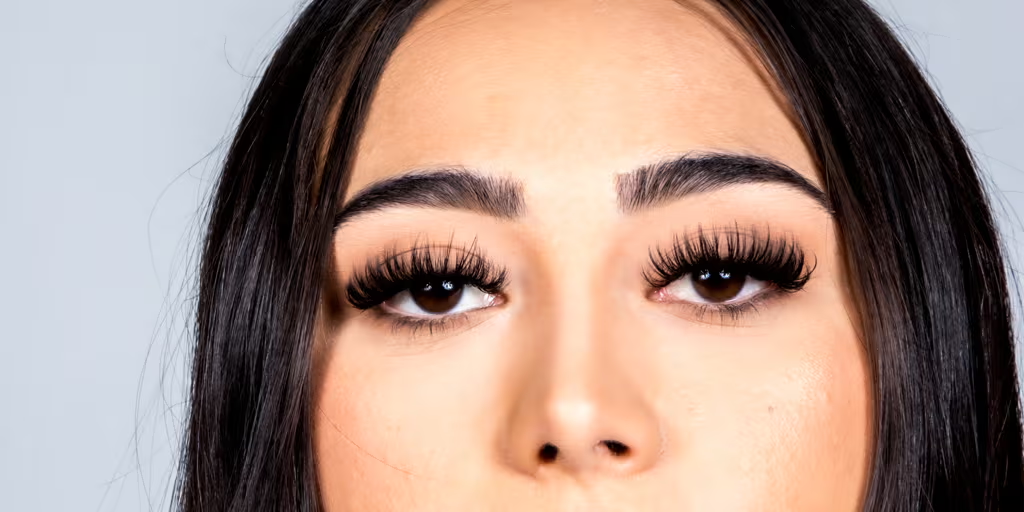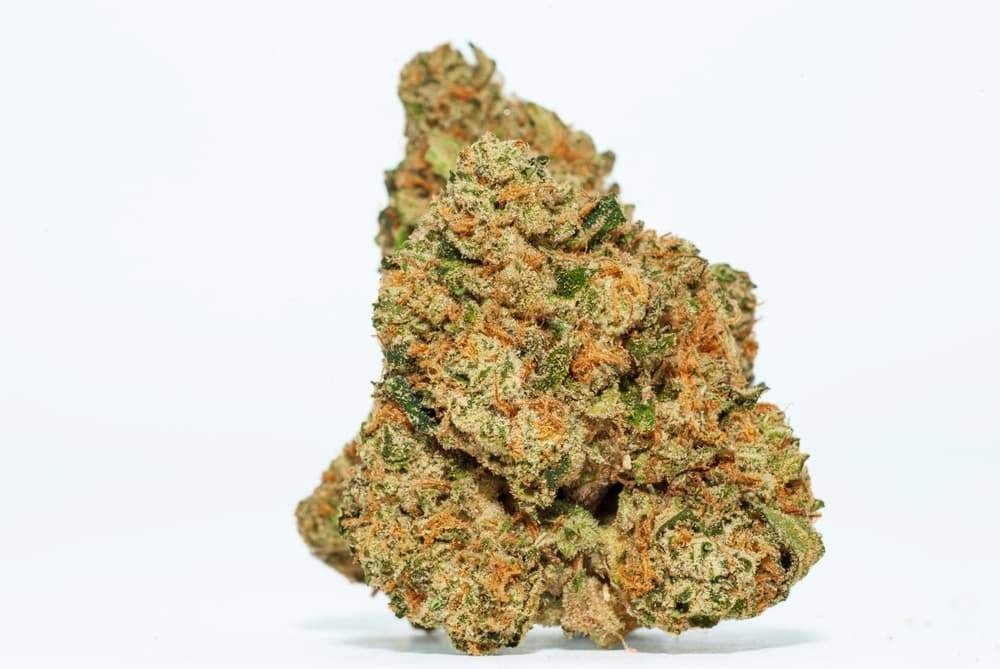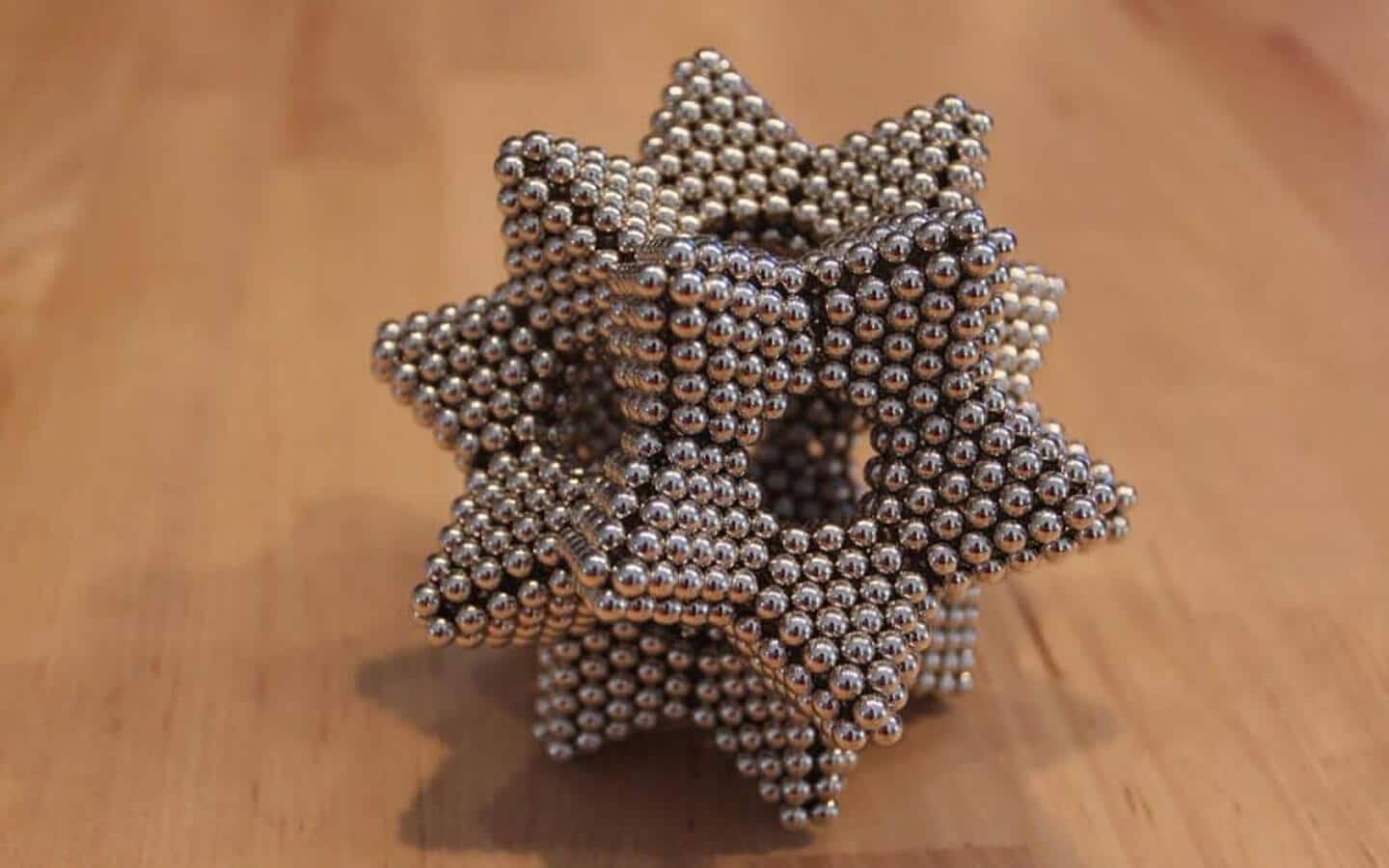Many people glance in the mirror and sigh, “My forehead is big.” It’s a common thought, and one that can spark self-consciousness. However, the reality is that having a bigger forehead is not a defect. It’s simply a natural variation in facial proportions, and for centuries, high foreheads have even been celebrated as a symbol of beauty, intelligence, and luck. Instead of seeing it as a drawback, you can learn what contributes to its appearance, how culture perceives it, and the best styling tips to bring balance and confidence to your look.
This guide will explore everything you need to know about why foreheads appear bigger, how to embrace yours, and the practical tricks—from hairstyles to makeup—that can help highlight your best features.
Why Does the Forehead Look Big? Understanding the Basics
The forehead’s size is influenced by a blend of genetics, hairline shape, and personal grooming choices. Here are the most common reasons people feel their forehead appears larger than average.
Natural Facial Structure
Genetics dictate much of your face shape. If your parents or grandparents have a higher forehead, there’s a strong chance you inherited it. Some people naturally have longer vertical proportions in their upper face or wider bone structures that make the forehead stand out more. Unlike temporary features such as hairstyle, bone structure is permanent.
Hairline Position
Hairline shape has one of the most dramatic effects on forehead size. A low, rounded hairline can create the illusion of a smaller forehead, while a higher or more squared hairline makes it appear larger. As people age, natural hair thinning or receding hairlines often emphasize the forehead. For men, male pattern baldness can make the forehead look much taller. Women may also notice gradual changes in hairline height due to genetics or hormonal changes.
Hairstyle Choices
Sometimes, it’s not the forehead itself but the way hair frames the face that draws attention upward. Pulled-back ponytails, slicked buns, or middle parts can expose more forehead space. On the other hand, bangs, layers, and textured styles soften the effect and bring balance.
Is Having a Big Forehead a Bad Thing?
The quick answer is no. A broad or tall forehead isn’t inherently unattractive—it’s simply different. Beauty standards shift depending on time and culture, and in many cases, high foreheads are admired.
Cultural and Historical Views
- In the study of face reading in Chinese culture, a wide forehead is associated with wisdom, strong leadership, and prosperity.
- In Renaissance Europe, women often plucked or shaved their hairlines to create the illusion of an even larger forehead, since it was associated with nobility and refinement.
- In some African cultures, a wide forehead symbolizes prosperity and beauty.
These examples show how cultural perceptions can transform what some see as an “imperfection” into a celebrated trait.
Modern Perceptions
Celebrities such as Rihanna, Tyra Banks, and Christina Ricci all have prominent foreheads, yet they’re regarded as style icons. Their self-assurance and thoughtful styling show that a large forehead can be both attractive and sophisticated. In fashion photography, a high forehead often provides balance for bold makeup looks and dramatic hairstyles.
Confidence and Self-Image
Ultimately, self-perception shapes how others see you. People notice your posture, your smile, and the way you carry yourself far more than exact measurements of your face. Confidence often outweighs conventional proportions. If you embrace your look, others will too.
Hairstyle Ideas If Your Forehead Is Big
The right hairstyle can completely transform facial balance. If you feel your forehead dominates your look, these haircut and styling strategies can help.
Bangs and Fringes
- Side-Swept Bangs: Softly cover part of the forehead, creating asymmetry that draws eyes sideways.
- Curtain Bangs: Frame the face while leaving a small gap in the middle, balancing length and width.
- Blunt Straight Bangs: Shorter across the forehead, ideal for those who want full coverage.
Layers and Volume
Adding layers increases texture and movement, keeping attention away from the upper face. Volume around the temples and sides balances proportions, while feathered ends soften sharp bone structures.
Best Parting Styles
- Side Part: Breaks up the forehead’s vertical space, making it appear narrower.
- Zig-Zag Parting: Adds playful texture, drawing the eye away from symmetry.
- Off-Center Part: Creates balance without covering the forehead completely.
Here’s a simple comparison table:
| Hairstyle | Effect on Forehead | Best Face Shape |
| Side-Swept Bangs | Reduces height, softens angles | Round, square |
| Curtain Bangs | Frames face, balances width | Oval, heart |
| Blunt Bangs | Covers forehead fully | Long, oval |
| Side Part | Breaks vertical space | All |
| Layers with Volume | Distracts from upper face | Long, square |
Makeup Tricks to Balance a Large Forehead
Makeup works like visual architecture. With strategic shading and highlighting, you can shift attention to your best features.
Contouring and Highlighting
- To make your face look smaller, use a matte bronzer on your hairline and temples.
- Highlight the cheekbones and nose bridge to bring focus downward.
Eyebrow Shaping
Well-defined eyebrows enhance the eyes and draw focus to the center of the face. Choose a style that has a subtle arch to create balanced proportions.
Lip and Eye Makeup
Bold lipstick or dramatic eye makeup naturally diverts attention from the forehead. Smokey eyes, winged eyeliner, or bright lip colors all pull the gaze lower.
Non-Surgical and Surgical Options
For those seeking long-term or permanent solutions, several options exist.
Hairline Lowering Procedures
Also called forehead reduction surgery, this procedure physically lowers the hairline by advancing scalp tissue. It provides immediate results but requires downtime and carries surgical risks.
Non-Surgical Options
- Hair Transplants: Add density at the front hairline to reduce forehead height.
- Cosmetic Fillers: Sometimes used to balance out facial proportions, though less common.
Wigs and Extensions
For temporary fixes, wigs with lace fronts or clip-in bangs create the illusion of a lower hairline. Extensions with added volume at the sides also help.
Celebrities Who Prove a Big Forehead Is Beautiful
A few public figures demonstrate how a prominent forehead can be both elegant and stylish.
- Rihanna: Often styles her hair pulled back, showcasing her forehead proudly.
- Tyra Banks: Styles her hair smoothly around her face and accentuates her eyes with striking makeup.
- Angelina Jolie: Uses middle parts and volume to balance proportions.
- Christina Ricci: Known for blunt bangs that highlight her eyes while softening her forehead.
Their confidence proves that embracing your natural proportions often looks better than hiding them.
Frequently Asked Questions
Is a big forehead genetic?
Certainly! The size and shape of a forehead are mainly determined by genetics.
Can I reduce my forehead naturally?
While bone structure can’t be changed naturally, hairstyles and makeup provide effective balance.
What hairstyles make my forehead look smaller?
Side-swept bangs, curtain bangs, layers, and side parts are the most flattering.
Is a big forehead considered attractive?
Yes. Across different cultures and eras, broad foreheads have been associated with beauty, intelligence, and elegance.
Final Thoughts – Embrace Your Unique Look
If your forehead is big, remember that it doesn’t define your attractiveness. It’s just one aspect of your overall appearance. Some of the world’s most admired celebrities proudly showcase theirs. With the right hairstyle, clever makeup, or even surgical options for those who want them, you have plenty of ways to balance proportions.
Ultimately, confidence is more important than perfect symmetry. The way you carry yourself matters more than the size of your forehead. So instead of worrying about measurements, try embracing your unique look—you’ll find that self-acceptance is the most flattering feature of all.













Leave a Reply